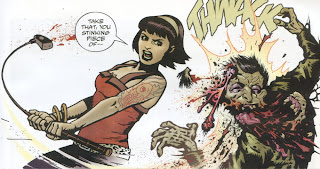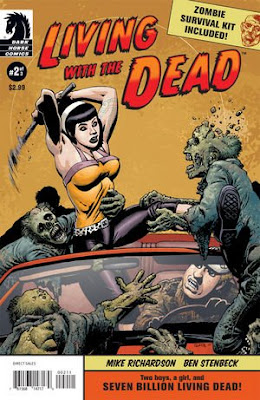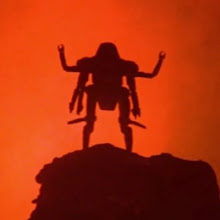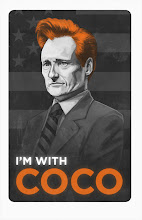Did you know that last week marked the twenty-first anniversary of the death of not one but two celebrities of whom I was quite fond in the 1980s? On March 21, 1987, both Robert Preston and Dean Paul Martin died.
Most people my age know Preston from his role as Centauri in 1984's The Last Starfighter. I think I saw that film at least twice at the theatres that year and endlessly thereafter on premium cable. If you haven't heard of that film, you were not an adolescent boy in the 1980s. It is the story of a young man who, by scoring very, very well on a video game (called The Last Starfighter, of course), catches the eye of a extraterrestrial military recruiter, played by Preston. Preston, essentially, plays himself. He is much more famous for his role as Prof. Harold Hill in the stage and film adaptation of The Music Man. Born in 1918, he died of lung cancer in his late 60s. I actually remember hearing the news of his death. So often, when you are young, celebrity deaths are meaningless to you, because you don't know the work of the celebrities who are old enough to be passing away. (I suppose this is why the death of George Reeves so affected the youth of American back in the late 1950s.). But I knew Preston from both films I mentioned above, both of which my family had taped off of television and watched often.
Martin was the son of the famous singer, Dean Martin, and he was only a few years older than I am now when he died. He had a brief musical career, but I knew him for something far different: he was the lead in the 1980s television show, The Misfits of Science. Martin was the affable, slightly goofy ringleader of the self-described Misfits, a group composed of people each with his or her own paranormal power. Think of it as a campy precursor to Tim Kring's Heroes. To modern television viewers, that program is the answer to the trivia question, "What was Courteney Cox's first television show?" They reran the show on the Sci Fi Network sometime in the mid to late 1990s, and I was embarrassed to have ever been fond of it. It featured Max Wright, for goodness sake. But back in the mid-1980s, when it aired, I loved it. I have a vivid memory of leaving school one day and being excited that it was to air that night. Yikes.
Martin, who was in the National Guard, died in a plane crash. He was married to the very beautiful Oliva Hussey, who you will know as the lovely young girl who played Juliet in the 1968 cinematic version of Shakespeare's Romeo and Juliet. You probably watched a tape of this in your high school English class and were disappointed (maybe) when the teacher had to fast forward through the brief nude scenes.
From what I have read, Dean Martin never recovered from his son's tragic death. I don't remember hearing of his untimely passing until a number of years later, during the early days of the Internet when I did a pre-Google search engine search on the fateful television series.
Resquiat in Pace.









